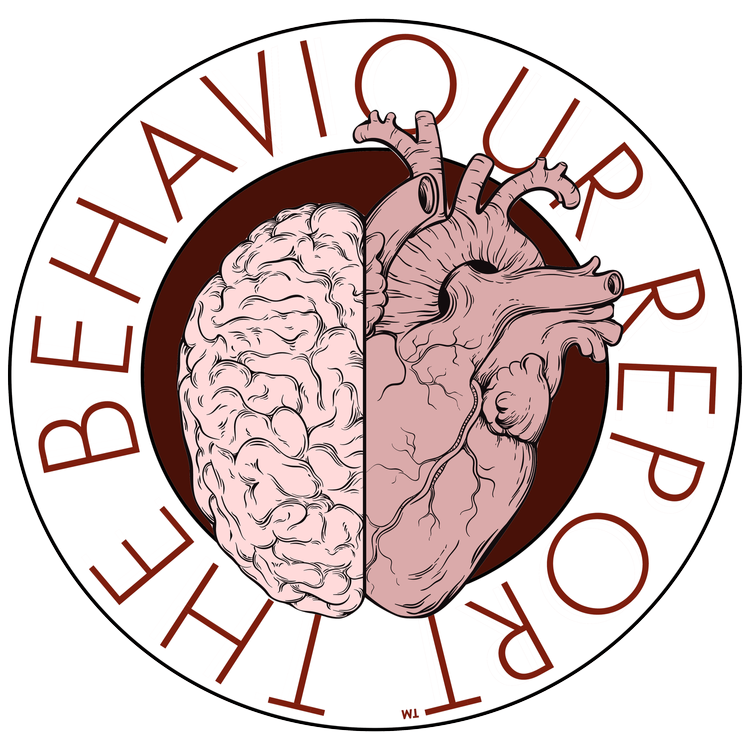Kieran Flanagan @ThinkKieranF
Two trends that are increasingly shaping workplace and leadership conversations in most developed economies. The first is the increasing incidence of burnout, mental health concerns and a desire for greater resilience within our teams, and the second, is the rise in the need for creative problem-solving skills, touted by future of work research conducted by organisations such as IBM, EY and the World Economic Forum (research that mirrors the findings of my research in Forever Skills, which I co-authored with Dan Gregory).
It occurs to me that both of these trends are ultimately influenced by how we view “mindset.” As we move from a fixed mindset to one of growth and creativity, we also provide ourselves with the mental tools and strategies to not only be more resilient, but more engaged also.
So, how can Creative Mindset help you move beyond simple resilience to enthusiasm?
Creative mindset helps you see new possibilities
It is the very nature of creativity to produce new ideas, either challenging fixed modes of thinking or else opening new opportunities as others close down. This is a critical function of resilience.
Traditional definitions of resilience seem to have more to do with a stoic acceptance of hard graft rather than seeing it as a joyful process of progress. Limited mental bandwidth tends to see only one path to success whereas creative mindset sees or creates multiple roads.
This limited bandwidth often leads to a narrowness of focus, rather than one of being open to and creating new approaches, opportunities and of moving forward, and leaves us mired in struggle which can become exhausting.
Creative mindset gamifies persistence
Persistence is often depicted as a grinding effort rather than a series of experiments conducted with an attitude of play. Consider the difference between how many adults approach a problem (“Oh great!!!” spoken with a downward inflection) compared to how children approach a problem (“Let’s try this!” “Oh great!” with an upward inflection).
Of course, it’s easy to minimise the problems of a child and to amplify the very important problems we face in adulthood, but a critical difference is also one of mindset.
Creative mindset encourages a plethora of ideas, hypotheses and possibilities with a zen-like non-attachment to outcome. In other words, the more we contextualise solving problems as a form play, even intellectual play, the more likely we are to remain enthusiastic and engaged throughout the process.
The focus of the creative mindset is multiple solutions, not the problem itself.
A creative mindset is collaborative and sees external contribution as useful
The myth of solo success pervades our cultures and can be especially damaging in a business and organisational context.
We constantly hear stories of “self-made entrepreneurs,” who built their fortunes by the sweat of their own brows. Of course, the fact that they benefited from infrastructure such as the internet, international trade agreements, an educated workforce, distribution logistics and so on is rather overlooked.
The truth is, none of us achieve very much at all without the input of those around us and who work with us or for us. And when it comes to bringing creative endeavours to market, be it as a new product or service or even a completely new business model, this is especially true.
The myth of solo success actually costs us resilience as it encourages us to think of help or collaboration as some kind of personal failing. “I should be able to do this on my own,” is a mental frame that is not particularly helpful.
So rather than trying to “tough it out” on your own, seek shared success and support through creative collaboration.
Problems and challenges actually fuel creative mindset
Every creative endeavour in some way solves a problem or rises to a challenge. This is true of every piece of art that elevate the soul and every commercial innovation that transforms how we live and work.
In a previous article, I wrote about the 6 R’s or Resilience - Reframe, Regroup, Rethink, Rework, Reward, Reinforce. What’s key in these stages of resilience is that they are part of a creative mindset, creating new ways of seeing a problem, of thinking about it, approaching it and shaping it.
The goal isn’t meek acceptance or tolerance of challenge, it is engagement, even in the face of great pressures and expectations.
My dear friend, Dr Jason Fox, often describes games as work that has been well designed. This rather elegantly captures the essence of creative mindset.
